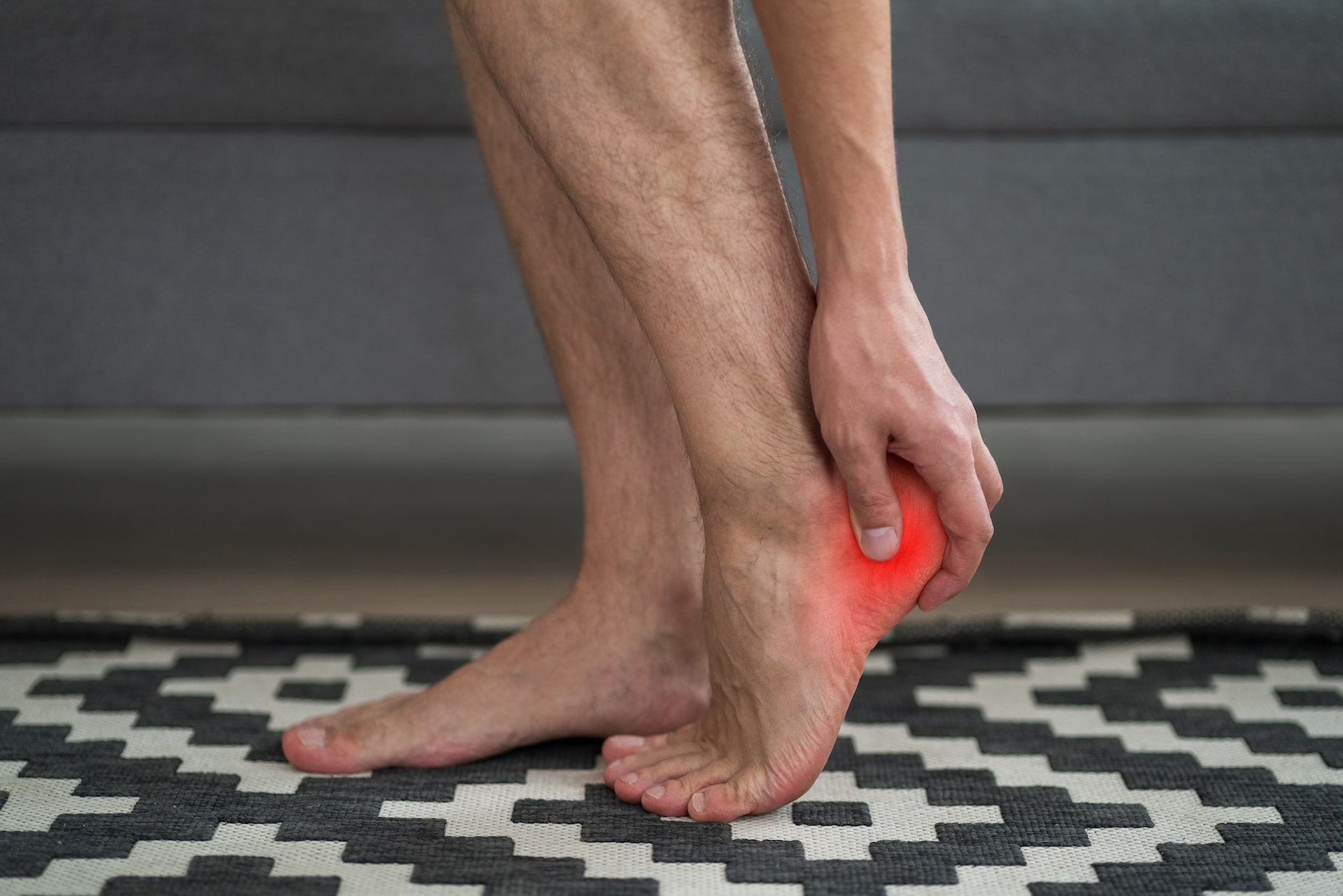- Quarterback: Anterior cruciate ligament (ACL, in the knee) sprains and tears, Achilles tendon (at the back of the heel and ankle) tendinitis or ruptures
- Running back: Ankle sprains, hamstring strains, ACL sprains and tears, medial collateral ligament (MCL, in the knee) sprains
- Offensive lineman: Knee ligament sprains
- Wide receiver: Hamstring strains, ACL tears
- Kicker: Hip flexor strains, hamstring strains
Although each type of injury may have its own particular treatment and rehabilitation plan to help the player heal and get back on the field, there are some commonalities between most of these. First and foremost, it is important than your athlete be well healed prior to returning to practice or game play. They should only return with their podiatrist’s permission, even if the coach or others are pressuring the athlete to return sooner. Returning to practice or game play too soon may not only worsen the original injury, but it could also cause secondary injuries or permanent, sport-ending damage. In addition, if you suspect your athlete is injured or trying to “play through the pain,” have them evaluated by a podiatrist before allowing them to continue. Playing through the pain may have the same repercussions as returning to practice or play too soon.
Knee and ankle sprains account for the most time lost from football practice and games. The vast majority of these injuries occur due to the swift changes of direction that occur during a football game. Often players are turning quickly, putting excess pressure on the ligaments of the feet and ankles or abnormal tension and rotation of the ankle bones while twisting away or due to a player falling on the back of an already downed player’s leg.
Treatment of most sprains begins conservatively with R.I.C.E. — rest, ice, compression, and elevation. Some athletes will also require physical therapy or rehabilitative interventions. The goals of physical therapy or rehabilitation should be to increase strength and proprioception. Proprioception exercises increase balance and coordination by allowing the player greater ability to place the body in space relative to other people and things. The combination of strength and increased proprioception may help to reduce risk of future injuries.
Like soccer and baseball, football requires specific shoes and other equipment. Even if your athlete is playing recreational football, properly-fitting shoes that are specifically designed for football should be worn. The shoes should ideally be specific to the athlete’s particular position and match the playing surface and weather. However, for many players, the cost of multiple pairs of shoes to match different conditions may be prohibited.
Many youth leagues require molded rubber cleats. Make sure the cleats fit properly and replace them regularly if your athlete is still growing — don’t wait for the shoes to wear out. Instead, replace them to accommodate the growing feet. Cleats are typically available in high-top, mid-cut, and low-cut. Each has its benefits and drawbacks, but if you can only afford one pair, mid-cut is generally a good, all-around option that can be used in several positions.
Be sure to monitor your athlete’s overall health, and at the first sign of injury or discomfort, seek out a medical evaluation. For foot, ankle, or leg concerns, please call Kansas City Foot Specialists at (913) 338-4440 to schedule an appointment.



